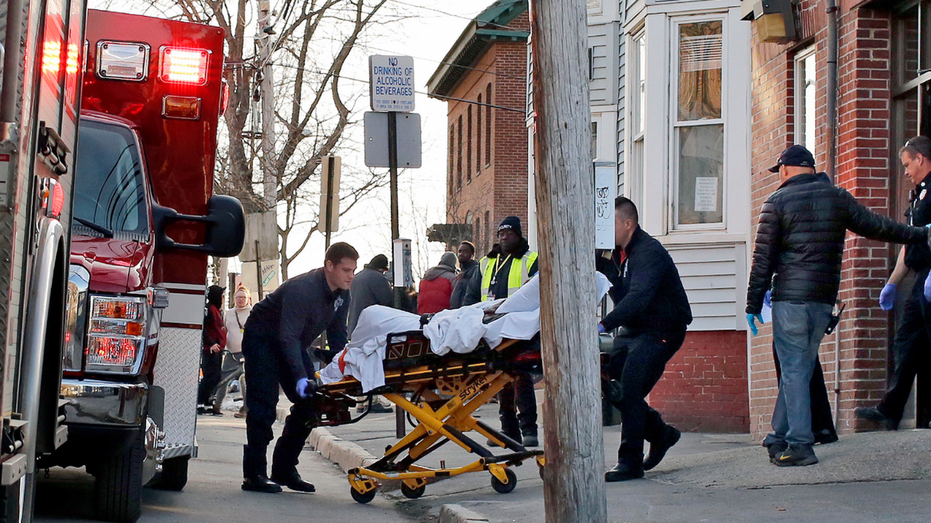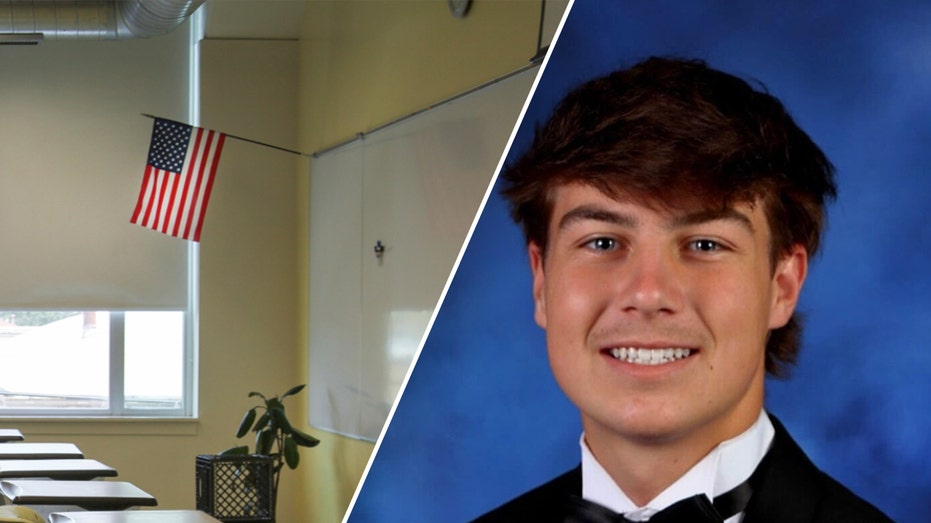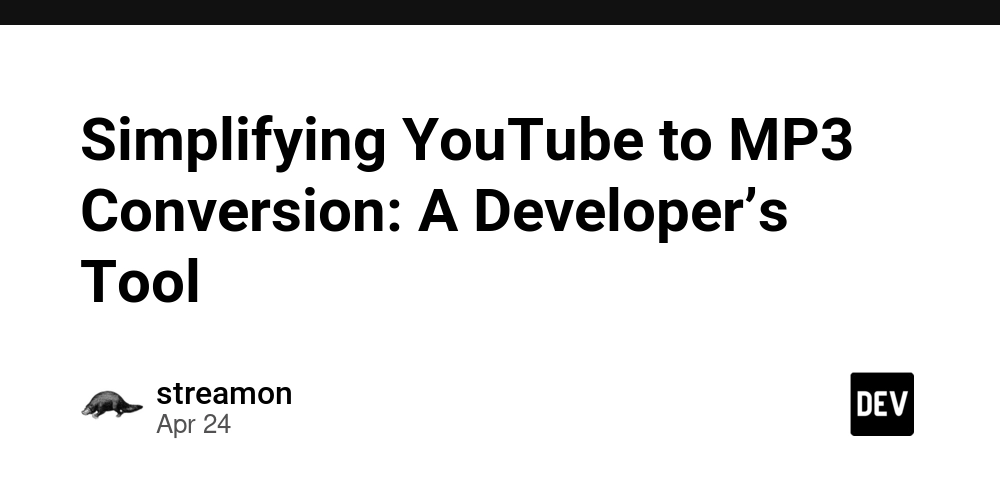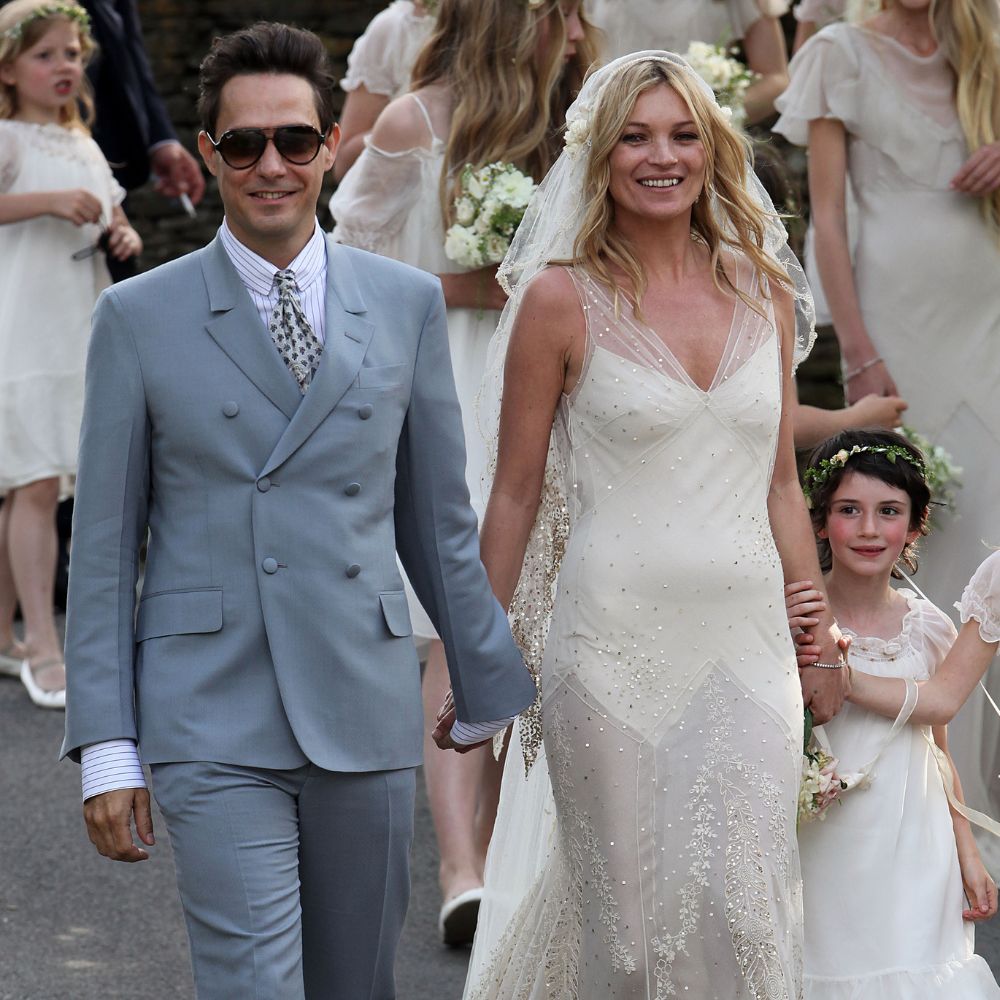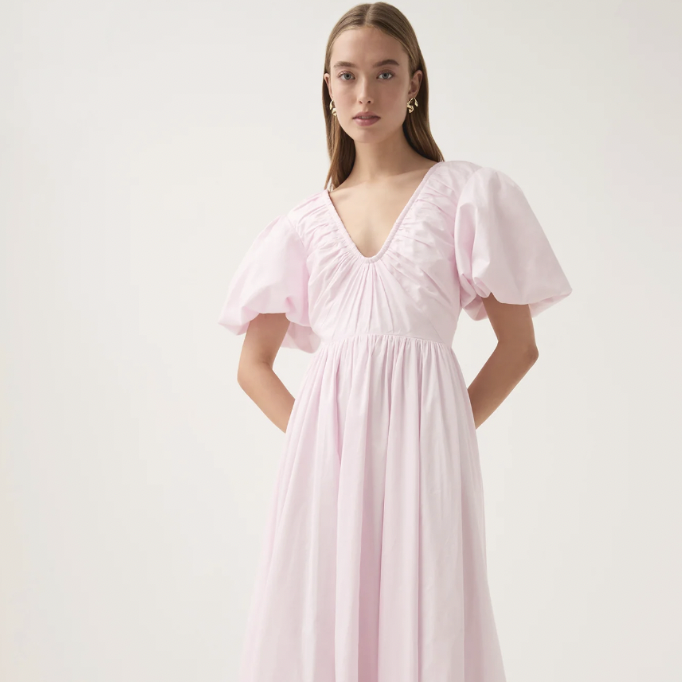College Uncovered: The Missing Men
Something has been happening on college campuses that’s as surprising as it is dramatic: The number of women enrolled has overtaken the number of men. Women now outnumber men by about 60 percent to 40 percent, and that gaps keep getting wider. And men who do enroll are also more likely to drop out. There […] The post College Uncovered: The Missing Men appeared first on The Hechinger Report.

Something has been happening on college campuses that’s as surprising as it is dramatic: The number of women enrolled has overtaken the number of men.
Women now outnumber men by about 60 percent to 40 percent, and that gaps keep getting wider. And men who do enroll are also more likely to drop out.
There are a lot of reasons for this. Boys get lower grades than girls, on average, in elementary and middle schools. They’re more likely to be held back or face disciplinary actions. They’re less likely to graduate from high school. And more men than women go into the skilled trades, instead of getting college degrees.
Among the results: Universities and colleges now tip the scales for men in admission to try to keep the genders even.
But as things keep falling out of balance, there are impacts on the financial success for men and on economic growth for everybody.
We’ll hear from men and women students about what that’s like right now, and from colleges about what they’re trying to do about it.
Listen to the whole series
TRANSCRIPT
[Kirk] This is College Uncovered. I’m Kirk Carapezza …
[Jon] …and I’m Jon Marcus.
[sound of referee] Climbers ready? Contestants ready? One, two, go!
[Jon] This is the sound of one of the most unusual extracurricular activities at the University of Montana: running up a fallen tree with careful footwork, and neatly sawing off the end of it.
[sound of club member] So really what we’re trying to do is keep the tradition of antique logger sports alive by bringing in new generations to doing activities that they did hundreds of years ago. I mean, we’re using cross-cut saws that they used to cut down giant redwoods.
[Jon] That might seem like a throwback, but the University of Montana Woodsmen team has an important new purpose. Promoting programs such as forestry has become part of the university’s new strategy to attract an increasingly important type of student.
[Kelly Nolin] There are definitely some efforts that are happening at the institution to help men find their community and to find a space.
[Jon] That’s Kelly Nolin. She’s director of admissions at the University of Montana.
[Kelly Nolin] Our gender split is about 42 percent male, 56 percent female. So it’s definitely widening, and it’s clearly a concern for a variety of reasons. And so that’s why we decided to look into opportunities to recruit more male students.
[Jon] What Nolan says she’s trying to solve is a really big problem that most people don’t know is even happening: The proportion of men who are going to college is falling way behind the proportion of women who are going.
Nationwide, women now outnumber men by about 60 percent to 40 percent, and that gap keeps getting wider. Far more young women than young men who graduate from high school are going to college, and men who do enroll are also more likely to drop out.
We’ll tell you how this might actually be creating an advantage for men in the admissions process, and even how it affects even the dating scene on campuses — which, let’s face it, is a big part of college to a lot of students.
Take it from Amber Turner. She’s a freshman at Nova Southeastern University in South Florida, which is now more than 70 percent women.
[Amber Turner] It’s a lot more women than men and the men usually have a lot more options, whereas the women have disgusting options because there aren’t many of them. I have a boyfriend, personally, but I saw with my friends that it’s kind of like nobody here for them.
[Jon] But fewer men in college has really serious implications for not only colleges that need to fill seats — or, for that matter, students frustrated by the dating pool. It affects the prospects of financial success for men, and of economic growth for everybody.
This is College Uncovered, from GBH News and The Hechinger Report — a podcast pulling back the ivy to reveal how colleges really work. I’m Jon Marcus of The Hechinger Report …
[Kirk] … and I’m Kirk Carapezza with GBH. Colleges don’t want you to know how they operate, so GBH …
[Jon] … in collaboration with The Hechinger Report, is here to show you.
Today on the podcast: ‘The Missing Men.’
[Kirk] This season, we’ve been talking about the demographic cliff. That’s the decline that’s starting in the number of 18-year-olds, and how it will affect colleges and the economy.
Now here’s a related milestone you might not have heard about. The number of college-educated women in the workforce has for the first time overtaken the number college-educated men. That’s because more women than men have been going to college.
There are a lot of reasons for this. Boys in elementary and middle school get lower grades than girls. They’re more likely to be held back or face disciplinary action. And they’re less likely to graduate from high school. Jon, you and I have talked to high school senior boys about all of this.
[Jon] Right, Kirk, and a lot of them were worried that they don’t have the confidence to tackle college.
[Abdukadir Abdullahi] I feel like there’s more distractions for guys to get, like, the best grades because every school, like, the guy is always the class clown, and stuff like that.
[Jon] That’s Abdukadir Abdullahi. He’s the son of a single father and just didn’t see himself in college. Neither did Pedro Hidalgo, even though he actually wanted to go.
[Pedro Hidalgo] College was something I always wanted to reach and I always wanted to be accepted to, but I never had that belief within myself that I could do it.
[Jon] Men are more likely than women to go into the skilled trades, which is faster and cheaper than paying for what seems to them to be an endless and expensive stretch of time in college. That’s what Abdullahi was planning to do.
[Kirk] Back when you thought college wasn’t for you, what was the alternative? You were planning to just go straight to work or join the military or did you have an alternative plan?
[Abdukadir Abdullahi] I was going to, like, be a plumber or something like that, like where you could have to go to school, but you could make a decent amount of money.
[Kirk] In the end, he and the rest of these guys did end up going to college. But a lot of other high school boys feel like they need to get jobs right away, especially if they come from families that need help with their finances.
Here’s Hidalgo’s classmate, Debrin Adon. His parents immigrated to the United States from the Dominican Republic.
[Debrin Adon] I’m not going to speak for every man, but at least for young men like my classmates and I, we’re more focused on like money, you know? Like, getting money — getting that paycheck.
[Kirk] That’s right. So a lot of them get jobs right out of high school and then they buy a car and maybe get married and by that point, it’s almost certain that they’ll never go to college.
This is Kellie Becker. She’s the college counselor at the school where Abdullahi went.
[Kellie Becker] A lot of young men are working. They’re working for their families. Like, they’re the man of the house. They are providing their entire family with one paycheck and they get a little taste of that where they, some of them, have to do it or some of them want to do it because they’re getting that money.
[Kirk] These are just a few of the reasons we’ve ended up here. Fifty years ago, the gender divide was exactly the reverse, and there were far more men than women in college. Since then, there’s been a lot of work to encourage women to get degrees. But much less of that kind of thing is targeted at men. Women also disproportionately work in fields that require degrees, such as social work and teaching. And we’ve already heard how boys don’t do as well as girls in lower grades, how young men feel responsible for helping their families right out of high school and how many of them go into the trades. The decline is even steeper for Black men. Their numbers went way down during the pandemic. Even at historically Black colleges, Black men now make up only about a quarter of the students.
[Michael Sinclair] Money is one of the main factors. A lot of our young men are looking for opportunities to earn a living, but they need the money now.
[Kirk] That’s Michael Sinclair. He’s an associate professor at Morgan State University, and he points out that this becomes a vicious cycle.
[Michael Sinclair] There’s a statement that my father once told me: You can’t be what you can’t see. And if you’re not seeing Black men on college campuses, a lot of young people don’t think that that’s for them.
[Kirk] This mismatch between men and women is starting to create an odd divide on many college campuses.
[Jon] Exactly, Kirk. I visited another big university, the University of Vermont. It’s already 64 percent female. I went to the student union, where Melinda Wetzel told me what it was like to be a woman student there.
[Melinda Wetzel] Oh, yeah, I do have one small class that there is only one guy. I do undergraduate research and when I’m in the medical building, I feel like I hardly ever see men. I feel I’m walking around and it’s just, like, a bunch of ladies.
[Jon] This extends to areas on campus you might not expect.
[Melinda Wetzel] I was at the gym the other day and, like, if you think about going to a gym, you think of, like, oh, no, like, there’s going to be a lot of scary guys there. I looked around and I actually pointed out to my friend, like, ‘Whoa, look at all the girls here. This is great.’
[Jon] Now, some men on campus also think it’s great that there are more women.
[Pete Azan] So in our class we have, like, 83 girls and like 30 guys. They told us that like the first day of school. So we were all shocked.
[Jon] Pete Azan is studying dental medicine down at Nova Southeastern. More women than men are going into dentistry these days, too — not only there, but nationwide. He’s okay with that, though.
[Pete Azan] I love it. I go to class every day the happiest man, because I get to be around beautiful women all day.
[Jon] And however you might feel about that, there’s another potential advantage for men to this little-noticed trend:
[Kirk] To keep the gender mix more evenly balanced, a lot of universities are making it easier for men to get in. That’s become especially important as they start to topple over that demographic cliff that’s coming, in the number of students of any gender.
Sourav Guha used to work in university admissions. He saw how men got an edge so colleges could keep the genders balanced. Now Guha is executive director of the Consortium on Higher Achievement and Success. It supports students who are already enrolled in college.
[Sourav Guha] I’d put it this way: There were a lot of high school girls who, in terms of credentials, looked as good as or better than some of the boys we admitted, but the girls ended up either wait-listed or rejected. It’s not that the students we were taking were not qualified or capable of being there, but certainly they had credentials, like, maybe a lower GPA, sort of different classes, different levels of high school achievement.
[Kirk] So listen to what he’s saying there, Jon. At some schools, the odds that men will get in are now better than the odds that women will.
[Jon] Right, Kirk. And it’s absolutely true. We looked it up. A lot of prestigious universities are accepting more of their male applicants than their female applicants. Boston University, Brown, Vanderbilt, the University of Chicago, the University of Miami, the University of Southern California — all of them took at least slightly more male than female applicants.
[Kirk] Now, that might keep the genders balanced for a while at those selective colleges and universities, even if it is at the expense of women who apply to them. But the problem isn’t going away, and some experts are warning that the repercussions are significant.
[Jon] Right, Kirk. Richard Reeves researched this phenomenon of men not going to college and became so alarmed about it that he founded an organization to study and address it, the American Institute for Boys and Men.
[Richard Reeves] Now, there are lots of good organizations ringing the alarm bells when there are gaps facing women and girls, and that is great, and they do a great job of it. But it hasn’t really been anyone’s job to wake up every day and ring the alarm bell around declining male enrollment in colleges.
[Jon] Reeves says this should matter to everyone.
[Richard Reeves] We’re leaving too much male talent on the table as a result of the failure of our education system to serve men as well as women. And as a result, those men are not doing as well in the economy as they could. That’s bad for the economy. It’s also bad for the women that they will end up with. And so this is, in the end, bad for everybody.
[Jon] Colleges are trying lots of things to appeal to men. The University of Vermont has started running an entrepreneurship competition for high school students. It’s open to anyone, but more boys than girls have entered. That’s what the university expected, based on focus groups that showed that men liked entrepreneurship programs. The grand prize is a full-tuition scholarship.
Like a lot of schools, Vermont is also using its athletic programs to attract men.
Now, you’d think more women getting college degrees would be translating into higher pay and more promotions. But while there may be more of them in college, the degrees they tend to get are often in lower-paying fields. Men still outnumber women in disciplines such as engineering and business, which have a bigger payoff.
Sourav Guha explains.
[Sourav Guha] If you look at the top two fields for women, it’s still nursing and teaching. You know, for men, it’s software development. So women are going to college and the economic returns they’re getting from college are not the same that men are getting.
[Kirk] But Richard Reeves says men who don’t get degrees at all will generally be worse off.
[Richard Reeves] One of the myths that is really important to nail here is the idea that, well, men don’t need college degrees because there are lots of jobs — well-paid, good jobs that men can go and do even if they don’t have higher educations. That is not true anymore.
[Kirk] However they’re approaching it, and for whatever reasons, colleges are laser-focused on this issue. As we’ve been saying all this season, they need all the students they can get right now.
[Jon] Yeah, Kirk, and Reeves is worried about a new reason men are finding to not go to college: politics.
[Kirk] Right. As colleges continue to be targets in the culture wars, Reeves says some men consider them not only woke, but anti-male.
[Richard Reeves] I’m worried that not only does higher education seem like it’s more female and coded a bit more female, but also coded left, progressive and maybe even somewhat intolerant toward men, and particularly perhaps conservative men from, say, rural areas, right? I think if you want to find someone who’s pretty skeptical about higher education, it may well be a conservative white guy living in a rural area. And turns out that is one of the groups that we’re really seeing a big decline in enrollment.
[Jon] This concern isn’t lost on colleges. We already heard from University of Montana admissions director Kelly Nolin. Among the ways her university has tried to win back men is by inviting conservative speakers such as Turning Point USA founder Charlie Kirk.
[Charlie Kirk] And I’m going to make a case, and I don’t know if it’ll be persuasive to do, why I think DEI is unbiblical. …
[Kelly Nolin] And regardless of how you feel about his political views, it was an important moment for people in our state to see that as a liberal arts college, we were willing and able to bring a conservative person to campus, but also somebody who appeals to a lot of men. And so just sharing those different perspectives, trying to break some of the stereotypes of how people in our state or maybe outside of our state view us, that’s some of work that we’re doing right now.
[Jon] That’s on top of pushing its forestry school and that Woodsmen Club and other things, based on what it learned from focus groups of male students.
[Kelly Nolin] They really felt, in their experience, that we needed to focus more on the attractive nature of our location. So some of the activities that are available to students very easily — things like fly-fishing, hiking, skiing, hunting — those were important to these students. And they weren’t things that we were really highlighting in our brochures.
[Jon] Kirk, you and I got to go to the University of Montana on assignment, and it is a really beautiful natural setting, although, as I recall, I beat you to the top of Mount Sentinel when we hiked it.
[Kirk] I was taking in the scenery, Jon. But, yes, those are the kinds of things the university is now using to market itself to men.
[Kelly Nolin] We sent an email with a link to our wild sustenance class, which is a class about hunting that really focuses on not just the mechanics of hunting, but the conservation purpose behind hunting that could appeal to a wide range of people from a wide variety of political affiliations.
[Kirk] Yeah, Jon, and just as an aside, that email had an unexpected effect.
[Kelly Nolin] I will tell you that somebody saw that ad and they came to visit. And when they were asked why they were looking at the University of Montana for college — they were from Virginia — they said they wanted to come someplace where they had rugged men.
[Kirk] She’s laughing because that person was a woman.
[Jon] Right. But colleges are taking this deadly seriously. As we’ll continue to discuss this season, they are facing down that demographic cliff and every student counts.
This is College Uncovered. I’m Jon Marcus from The Hechinger Report.
[Kirk] And I’m Kirk Carapezza from GBH. This episode was produced and written by Jon Marcus …
[Jon] … and Kirk Carapezza.
If you want to see whether a college accepts more male than female applicants, we’ve linked in the show notes to the federal government website where you can find that.
[Kirk] We had help on this episode from Liam Elder-Connors of Vermont Public and reporter Yvonne Zum Tobel in South Florida. Our sound of the Woodsmen Club came from the University of Montana student newspaper.
This episode was edited by Jonathan A. Davis. Our executive editor is Jennifer McKim. Our fact-checker is Ryan Alderman.
[Jon] Mixing and sound design by David Goodman and Gary Mott. All of our music is by college bands. Our theme song and original music is by Left Roman out of MIT.
Mei He is our project manager and head of GBH podcasts is Devin Maverick Robbins.
[Kirk] College Uncovered is made possible by Lumina Foundation. It’s produced by GBH News and The Hechinger Report and distributed by PRX.
Thanks so much for listening.
More information about the topics covered in this episode:
To see the acceptance rates of men vs. women applicants at any college or university, go here, enter the name of the institution, and click on ADMISSIONS.
Universities and colleges search for ways to reverse the decline in the ranks of male students
The post College Uncovered: The Missing Men appeared first on The Hechinger Report.
